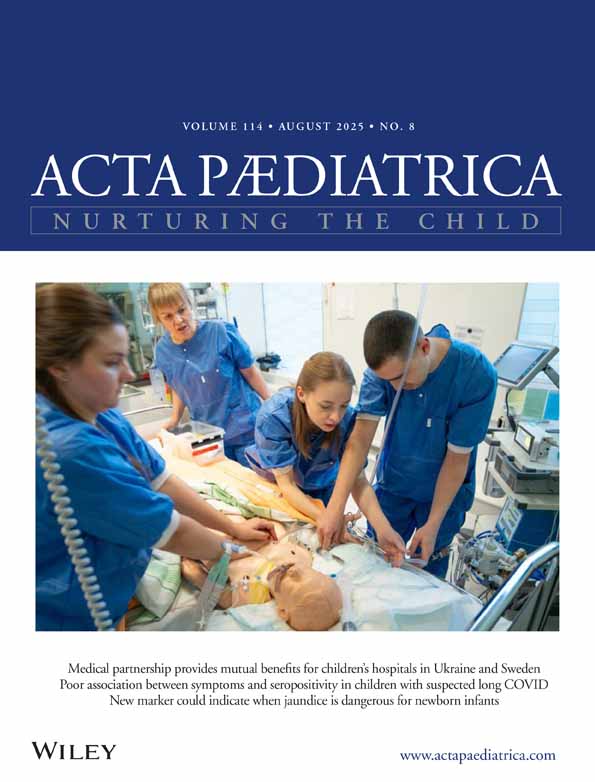The impact of continuous subcutaneous insulin infusion on health-related quality of life in children and adolescents with type 1 diabetes
Abstract
Aim: To study the impact of continuous subcutaneous insulin infusion (CSII) therapy on health-related quality of life in children and adolescents with type 1 diabetes. Methods: 31 children and adolescents with poorly regulated type 1 diabetes (mean HbA1c 10.4%, SD 1.8), mean age 14.4 (1.5) y (range 9.7–17.1) and mean diabetes duration of 6.8 (3.2) y (range 1.3–14.6) were consecutively assigned to CSII therapy. Data for generic (CHQ-CF87) and diabetes-specific quality of life (DQOL) were obtained before initiating pump therapy and twice during 15 mo of treatment. HbA1c, BMI and episodes of severe hypoglycaemia and ketoacidosis were recorded over 15 mo prior to and 15 mo during pump therapy. Results: Analysis showed improvements on the family activity scale (p=0.041) and change in health score (p=0.042) (CHQ-CF87). Mean HbA1c decreased from 10.4% (1.8) to 9.0% (0.9) after 3 mo, increasing to 9.6% (1.2) after 15 mo. The number of overweight and obese children increased from 4 and 2 before CSII, to 6 and 3 after 15 mo (IOTF criteria). There was a reduction in severe hypoglycaemia episodes from 43.8 to 5.2 per 100 patient years, but no change in ketoacidosis episodes.
Conclusion: The degree of limitation experienced by families due to adolescents’ general health and well-being was significantly reduced. Expected improvement in metabolic control and frequency of severe hypoglycaemia was observed.




